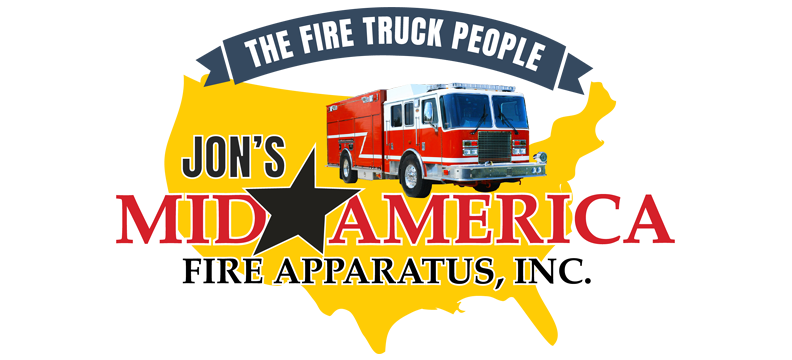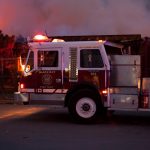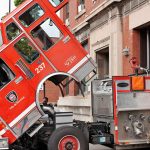An air primer might not sound like the most exciting piece of firefighting equipment, but having the right air primer for a fire truck during an emergency call can literally mean the difference between life and death.
Most fire departments use what is called a self priming centrifugal pump to deliver water to the fire. Small, light and compact, this type of pump is portable, has few moving parts and is fairly simple to maintain.
One caveat is that the self priming centrifugal pump can only pump water and not air. Because of this, it must be primed, or filled with water, before it becomes operational.
Without a working pump primer at the scene, there will be a delay in delivering water to the fire. In a situation where every second counts, this can have catastrophic consequences in terms of victim and firefighter safety, and can result in more extensive property damage.
The priming method you go with depends a lot on your water source:
- If the water is higher than the pump, gravity causes the water to flow into the pump with little or no help, pushing air out naturally.
- If you’re drawing water from a hydrant, once again there is usually sufficient pressure to force water into the pump as the air is pushed out.
- In situations where the water source is below the pump, that means the water must be pushed upward, against the force of gravity. This is when a primer is used to create atmospheric pressure that forces the water into the pump.
Different Types of Air Primers For Fire Trucks
There are different types of air primers for fire trucks available. The one you choose may depend on the types of calls you’re responding to and other specific needs of your department.
- Conventional priming. Your basic primer is a vacuum-producing device that removes air from the suction hose and pump. Many conventional models are manually operated and can lead to problems if the operator is not sufficiently trained. To make the operator’s job easier and free up time for other tasks, more departments around the world are turning to primers that automatically remove air that enters the pump and can respond more quickly if discharge pressure is lost during operation.
- Air-powered primer. Growing in popularity for use in apparatus with air brakes, the air-powered primer draws power from the apparatus chassis. It creates a powerful vacuum without moving parts as pressurized air passes through a series of nozzles.
- Automatic air-powered primer. Once the pump is primed, this primer will restart anytime discharge pressure falls below 20 psi. Before selecting an air-powered automatic primer, you must understand how your engine governor responds to a loss of prime.
- Multiple location priming. If you’re drawing water from more than one source, a multi-location primer may be appropriate. It generally contains front, side and rear suction inlets as well as main pump suction plumbing and outboard of master intake valve. It can preprime one intake while you are drawing water from another source, and it automatically removes air from the impeller when switching between sources.
- Self-priming pumps. Some departments have chosen to select fire pumps that prime themselves. A self-priming centrifugal pump can rid itself of entrained air and continue normal pumping without stopping. Three varieties include liquid-primed, compressed air-primed and vacuum-primed.
Many departments have found that learning to prime a pump correctly is one of the most challenging skills for firefighting students to master. If the primer is shut off too soon, the prime will be lost. If it runs too long, it can overheat and even burn out, shortening the life of the primer and creating a possible safety hazard.
Do you have questions about choosing the right air primer for your fire truck? Are you looking for information about using them correctly?
Contact us at Jon’s Mid America. We’ll answer your questions and help you select the right equipment for your fire apparatus.



